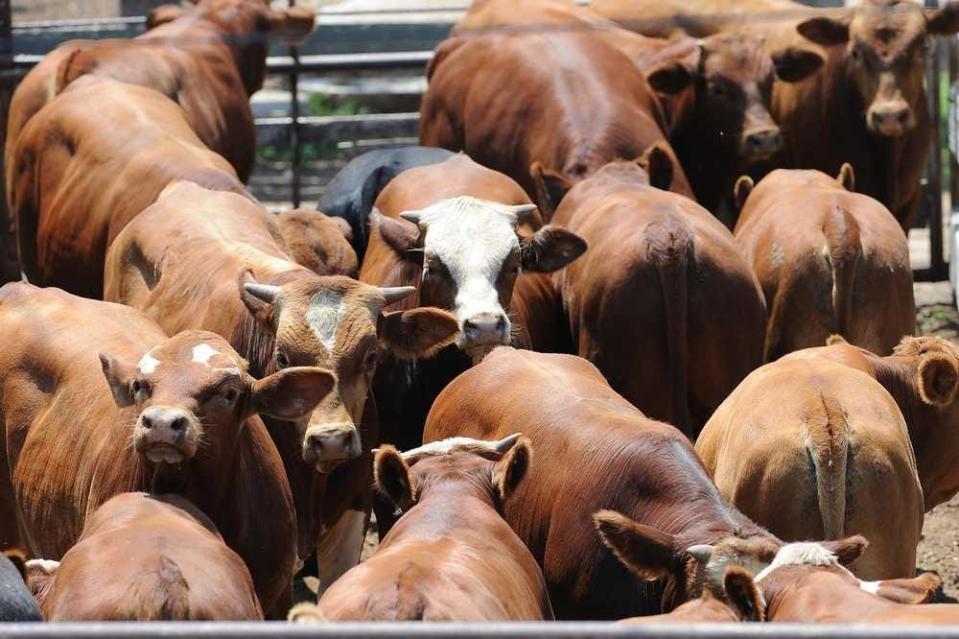All Drought, No Cattle: Low herd supply may drive record-high prices next year

Drought conditions that loomed over a large portion of the U.S. earlier this year will continue to threaten the nation's agriculture industry into 2023 as experts forecast a continued drop in cattle supply, which could consequently drive prices to a record-high within the next two years.
Extreme temperatures and long-lasting heatwaves have also resulted in the biggest cattle slaughter in a decade, accounting for about 80,000 head of cattle per week as it became increasingly difficult to provide the feed and water necessary to sustain the animals.
“Drought affects all aspects of the cattle business," said David Anderson, AgriLife Extension economist in the Texas A&M Department of Agricultural Economics. "The reason we have culled so many cows this year is because of drought and the cost of corn. High corn prices will lead to a high feed cost environment into next year. Production costs have also increased faster than calf prices.”
Regional drought woes
Historically, Texas is one of the most prominent suppliers of the U.S. beef cattle herd, and cattle ranchers were no stranger to the woes of drought from earlier this year.
The Abilene Reporter-News reported in mid-July that several auction houses in the region were already inundated with cattle ranchers looking to cull their herd by July 4 weekend.
According to the U.S. Department of Agriculture, the nation's beef cow herd — just over 30 million head — was already down 2% compared to last year going into the year, and the estimated inventory for Texas cattle was 5.1 million head, down 3% from 2020.
Earlier this year, Anderson noted that, as in the case of the similarly decimating 2011 drought, the market may see the greatest impact next year in terms of prices.
"The beef cattle market isn’t something that turns on a dime,” Anderson said in July. “It takes time. Cattle are a long-term cycle, and I suspect this will all play out similarly to the years following the 2011 drought.”
Anderson said he anticipates cattle prices will see a record-high — of up to $2 a pound for 550-weight calves — within the next two years according to the AgriLife Extension office.
This article originally appeared on Lubbock Avalanche-Journal: Low cattle supply may drive record-high prices next year
